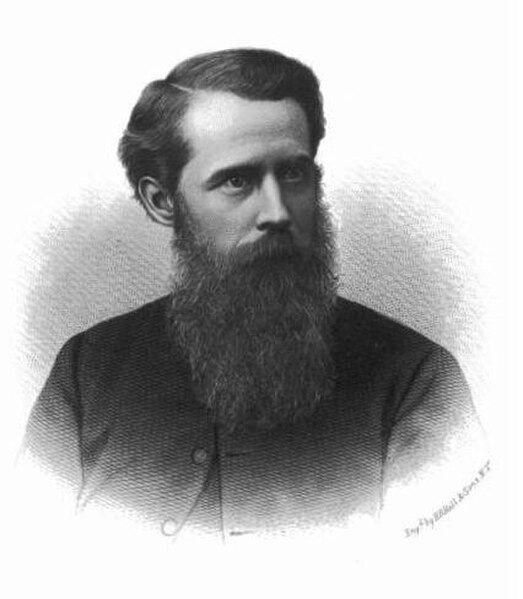Clerical marriage is the practice of allowing Christian clergy to marry. This practice is distinct from allowing married persons to become clergy. Clerical marriage is admitted among Protestants, including both Anglicans and Lutherans. Some Protestant clergy and their children have played an essential role in literature, philosophy, science, and education in Early Modern Europe.
Married Eastern Orthodox priest from Jerusalem with his family (three generations), circa 1893
Marriage reform: cleric Martin Luther married Katharina von Bora in 1525
One of the final drafts of the Six articles (1539), reaffirming clerical celibacy in England
Married Romanian Eastern Catholic priest from Romania with his family
Clergy are formal leaders within established religions. Their roles and functions vary in different religious traditions, but usually involve presiding over specific rituals and teaching their religion's doctrines and practices. Some of the terms used for individual clergy are clergyman, clergywoman, clergyperson, churchman,
cleric, ecclesiastic, and vicegerent while clerk in holy orders has a long history but is rarely used.
14th Dalai Lama, Tenzin Gyatso in 2007
Bishop Maurício Andrade, primate of the Anglican Episcopal Church of Brazil, gives a crosier to Bishop Saulo Barros
Sir George Fleming, 2nd Baronet, British churchman.
Charles Wesley Leffingwell, Episcopal priest








